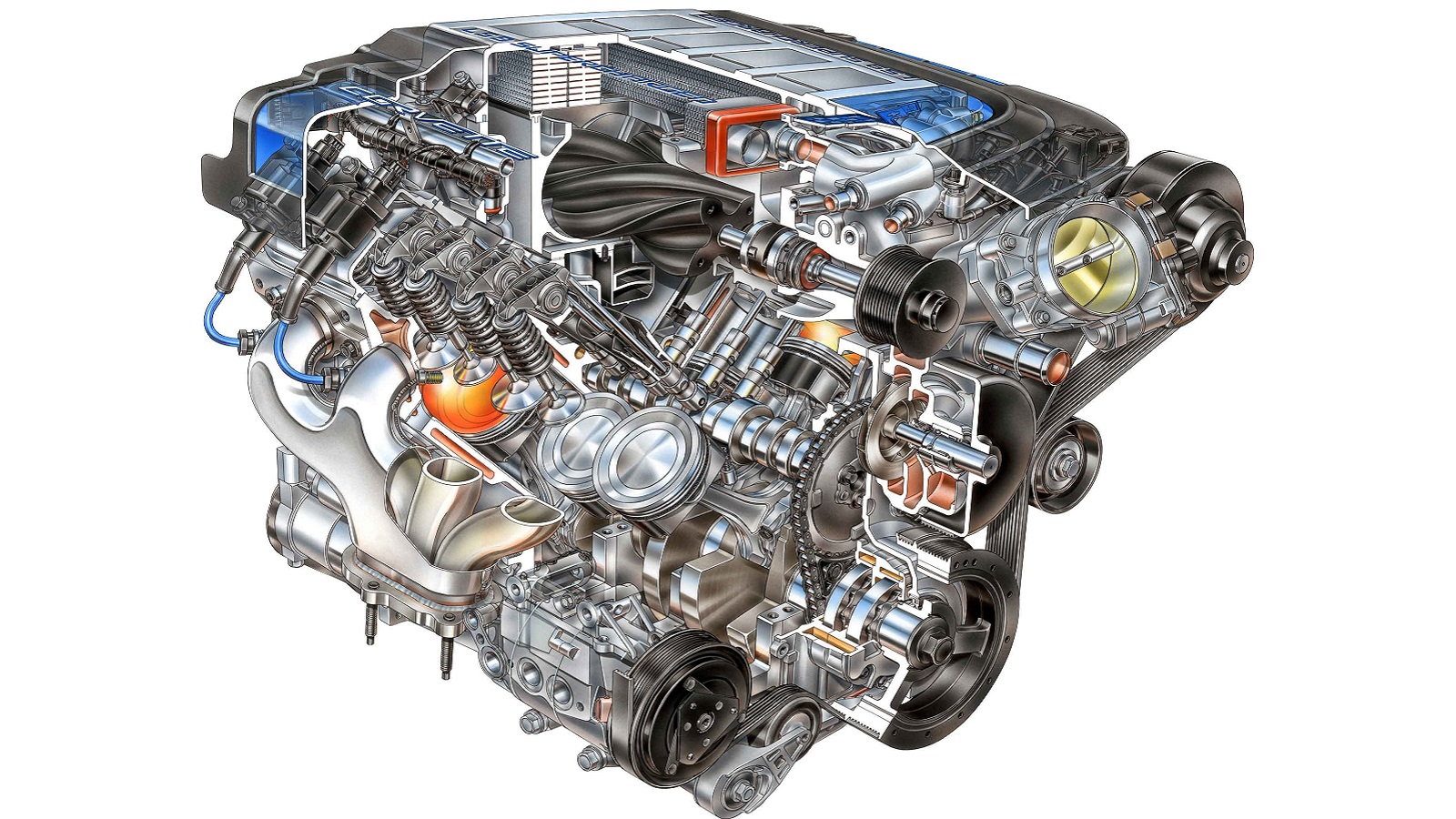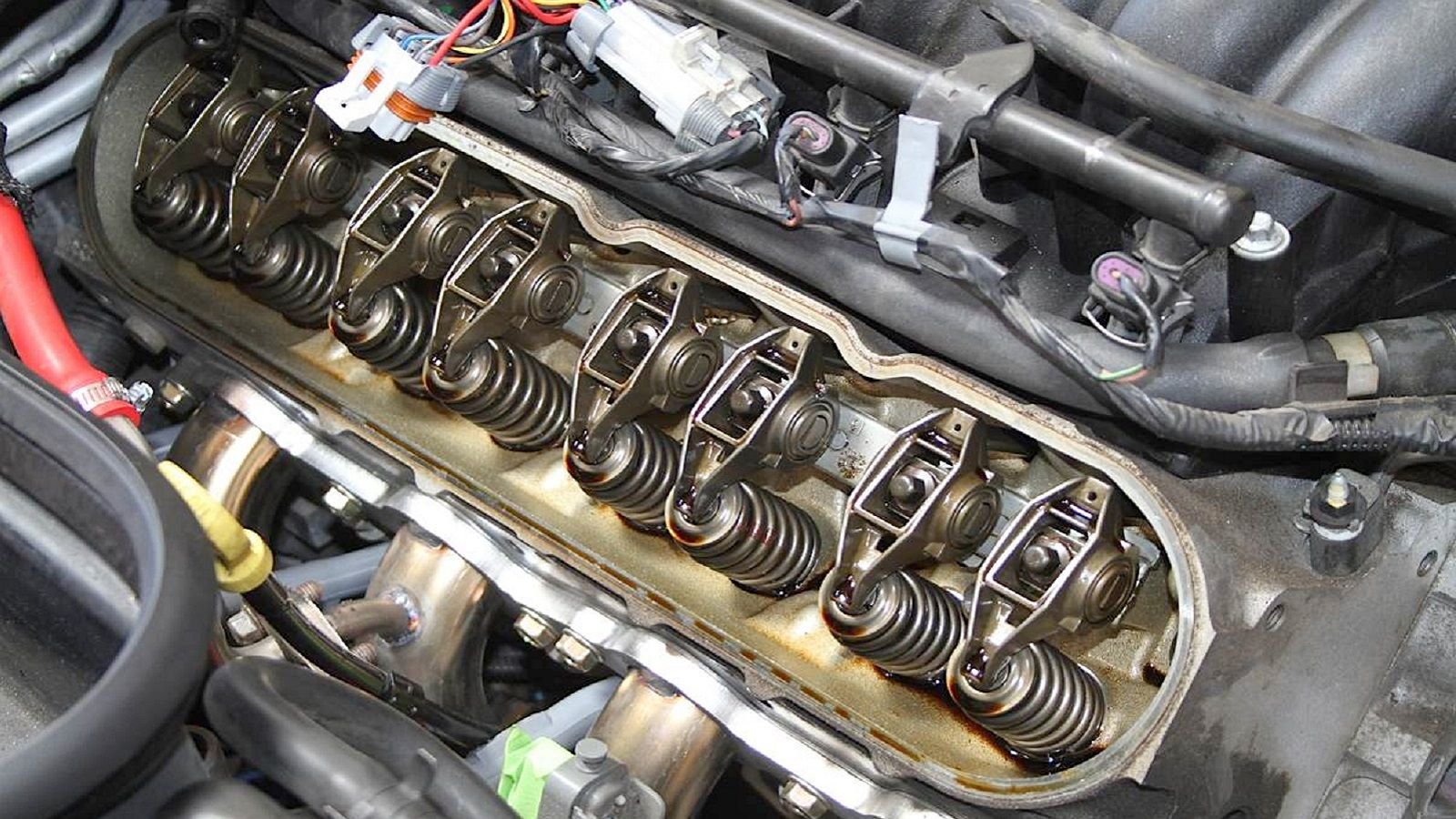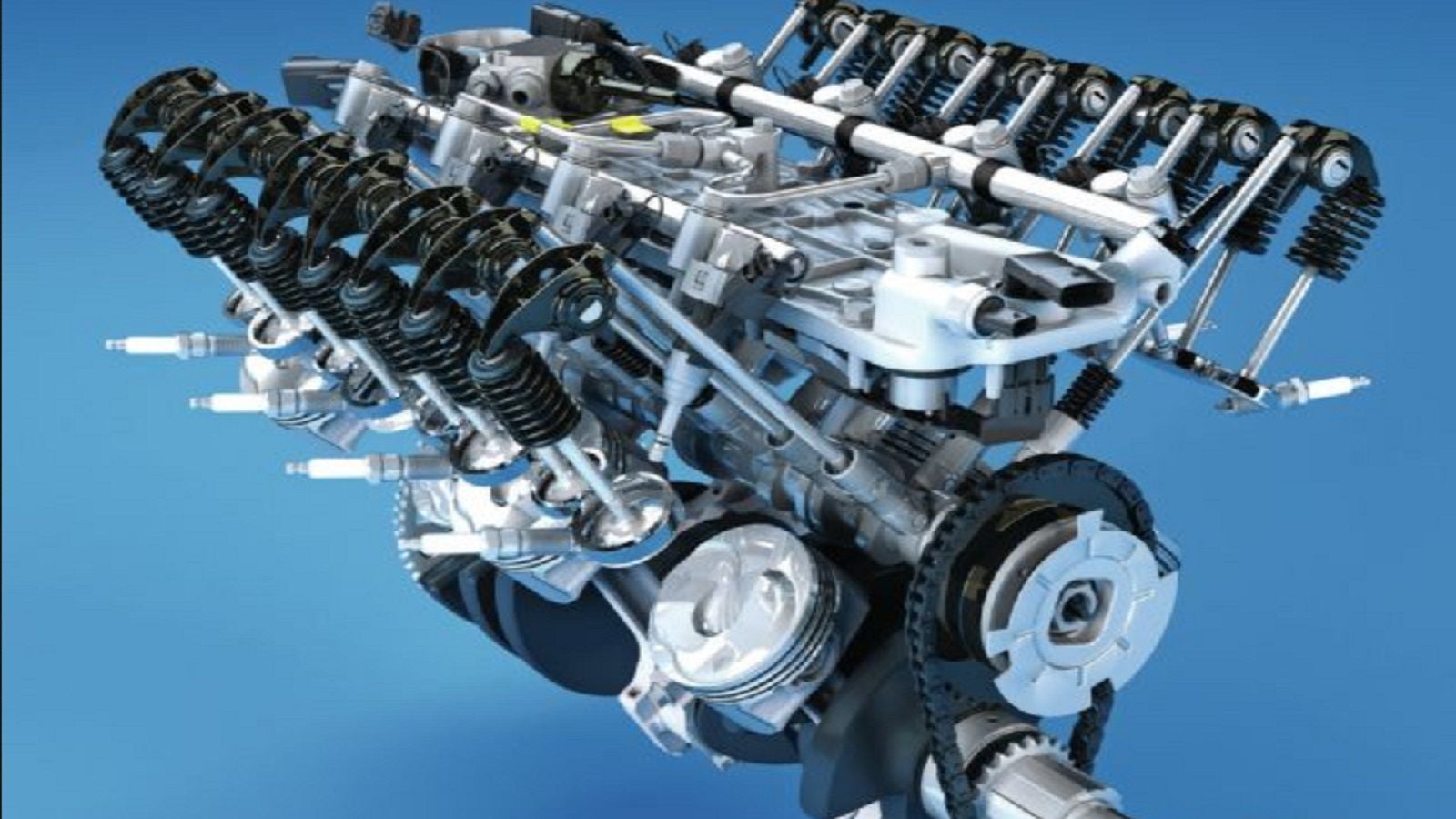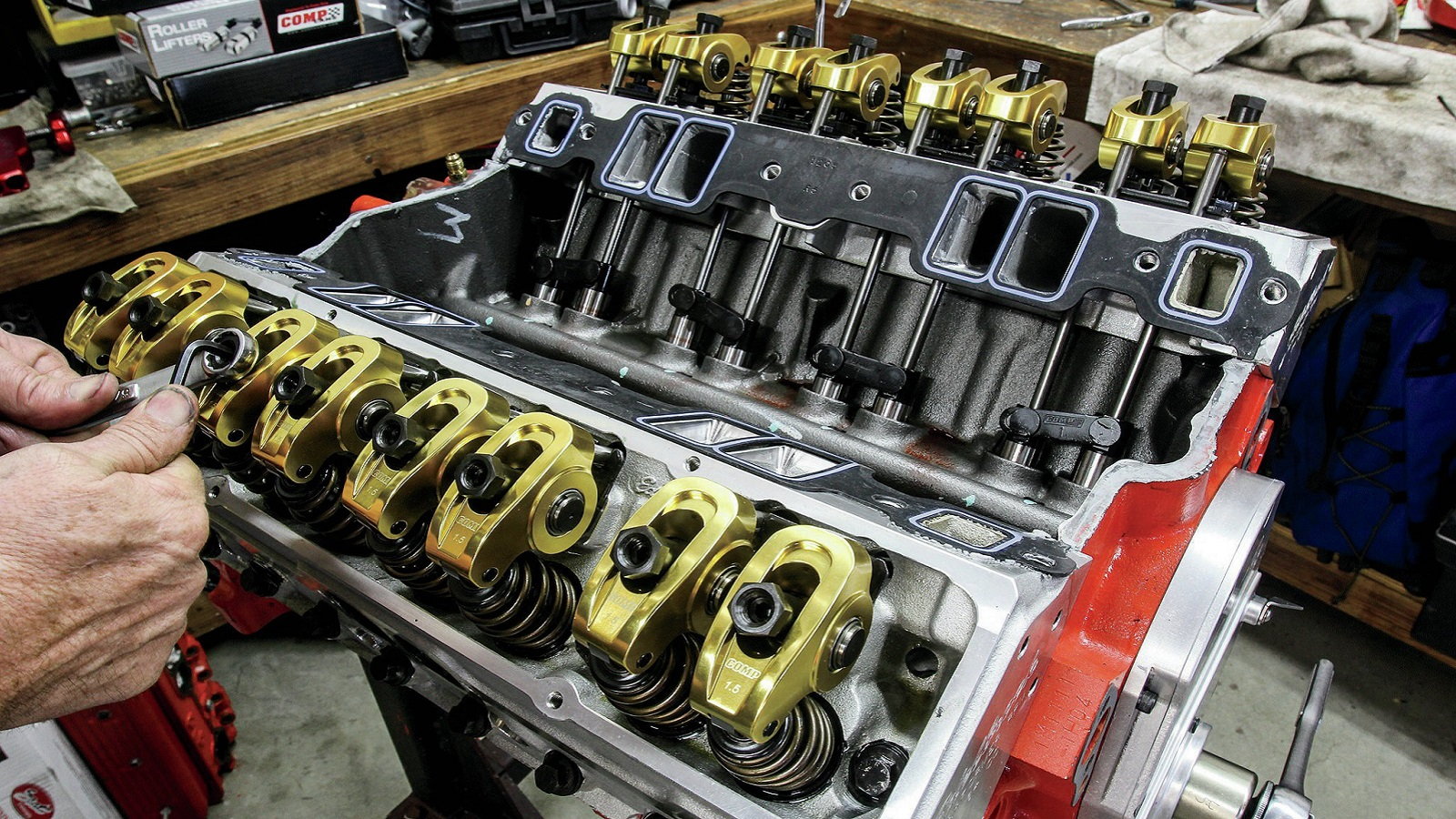5 Advantages of the Overhead Valve/Cam in Block/Pushrod Engine
Numerous engines designs have come and gone, but American pushrod V8s, like the Small Block Chevy and LS1, have been a mainstay for well over 60 years. It is easy to get caught up in exotic overhead cam engine design with less reciprocating mass and camshafts galore, but the tried and true pushrod V8 still rules the streets, and many race classes. Both engine configurations have their advantages, but here's why the pushrod engine still reigns supreme.










1. Simple Design
The pushrod engine is the simplest overhead valve engine design, having only a handful of moving parts. The camshaft is placed neatly in the middle of the block where lifters ride along the cam lobes as it rotates, opening the valves with rocker arms via pushrods. Overhead cam engines can have multiple camshafts, with multiple intake and exhaust valves per cylinder, and rely on intricate belt, chain, or gear drive systems to keep the timing in sync. Add in the valve buckets and shims, or shaft mounted rockers, running off of the camshafts, and the number of extra parts becomes apparent.
2. Tighter Packaging
The pushrod engine design makes much better use of space, as it packages the camshaft and related valve train components within the empty valley of the cylinder heads. This configuration makes for a lighter weight powerplant that has narrow shoulders and a low overall height. As a result, the motor can be placed into smaller engine compartments and mounted lower in chassis to lower the center of gravity. As the photo shows, the overhead cam engine is usually a much wider design, as the cylinder heads must accommodate all of the moving components that are otherwise placed within the block.
3. Easy Wrenching
A major advantage of the pushrod engine is that they tend to be much more user friendly and are generally easier to work on, especially the valve train components. Accessories and bolts-ons are easier to access because of the smaller overall dimensions of the engine. When digging into the motor, simply pop a valve cover off and you have access to the rocker arms, pushrods, and valve springs, and pulling a cylinder head off completely is a rather straightforward task. When doing the same on an overhead cam engine, be prepared to remove the timing chains from the camshafts and re-time everything upon reassembly.
4. Cost-Effective Platform
Because of the less exotic nature, and fewer moving parts to assemble, the pushrod platform is often significantly cheaper compared to an equivalent overhead cam engine. A good example of this in action is that a ready-to-run GM LS3 pushrod crate engine is typically about $1500 cheaper than the overhead cam 5.0L Ford Coyote motor, despite them having almost identical performance specs. When one is shopping performance upgrades, something like a camshaft for an LS engine will run $350-$450 whereas the more exotic Coyote cams are nearly five times the price.
5. Reliability
Although a pushrod engine may have a few shortcomings, such as valve float at a lower redline, and limited room for ports, they tend to be quite reliable. Overhead cam engines typically have long timing chains or timing belts that require tensioners and guides, and need to be replaced periodically. Because of the robust and relatively compact timing chain or gears on a pushrod engine, they require no tensioners or guides, and stay in time with fewer components to fail. As previously mentioned, the pushrod engine's valve train components are much more accessible, cost less, and are substantially easier to replace and maintain. For these reasons, its quite clear how the pushrod V8 has stood the test of time and why GM and other manufacturers continue to invest in it.
For help with service and maintenance of your car, check out the how to section of LS1Tech.com
